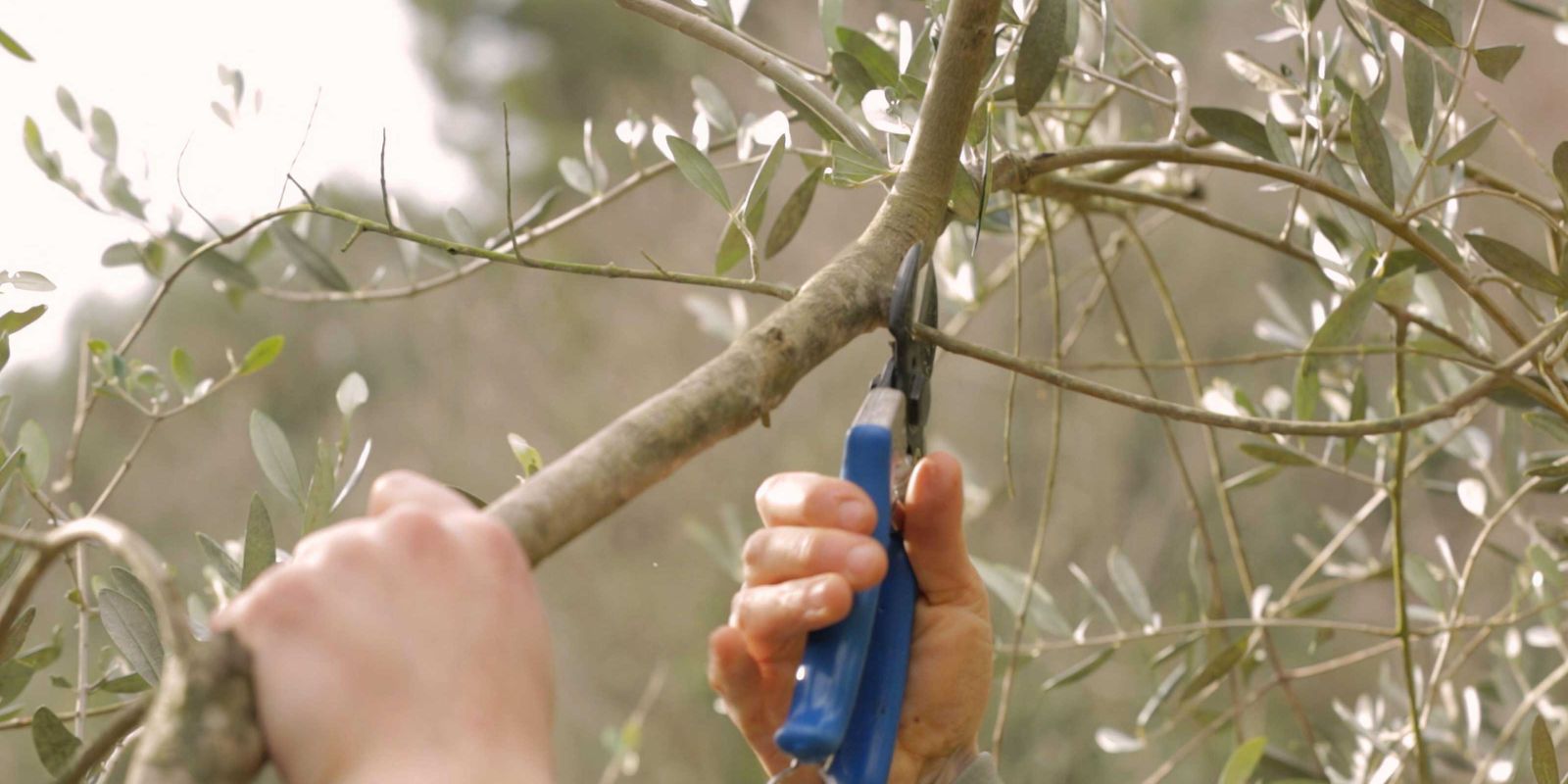Introduction
Olive trees are renowned for their hardiness and longevity, making them a popular choice for many gardens and landscapes. However, when growing olive trees in windy areas, specific pruning techniques are essential to maintain their health, stability, and productivity. Strong winds can pose significant challenges, potentially causing branch damage, uprooting, or reduced fruit production. This article explores effective pruning techniques for olive trees in windy areas to ensure they remain robust and well-structured.
Understanding the Challenges of Windy Conditions
Wind can have various impacts on olive trees, including:
- Branch Damage: Strong winds can break or snap branches, which can lead to wounds that might invite pests and diseases.
- Root Disturbance: Persistent winds can lead to soil erosion and disrupt the roots, affecting the tree’s stability.
- Reduced Fruit Production: Excessive wind can damage flowers and young fruit, leading to reduced yields.
- Canopy Imbalance: Wind can cause uneven growth and shape imbalances, making the tree more susceptible to further damage.
Key Pruning Techniques for Olive Trees in Windy Areas
1. Prune for Structure
Establishing a solid structure is critical for olive trees in windy areas. Here’s how to do it:
- Remove Weak or Crossing Branches: Regularly inspect the tree for weak, diseased, or crossing branches. Removing these helps strengthen the tree’s overall structure and reduces potential wind resistance points.
- Encourage Strong Framework: Focus on developing a strong, central leader (the main trunk) and ensure it remains dominant. Remove any competing leaders or branches that might weaken the tree’s stability.
2. Maintain a Central Leader
A well-defined central leader helps the tree maintain a balanced and upright form:
- Select a Strong Leader: Identify the strongest, most upright branch to serve as the central leader. This branch should be healthy and free from defects.
- Remove Competing Branches: Prune away any branches that are competing with the central leader. This prevents crowding and ensures that the central leader remains dominant, guiding the tree’s growth.
3. Thin Out the Canopy
Thinning the canopy improves air circulation and reduces wind resistance:
- Selectively Remove Branches: Remove some of the interior branches to create a more open canopy. This reduces wind resistance and helps prevent wind-induced breakage.
- Avoid Over-Thinning: Be cautious not to over-thin the tree, as this can expose the tree to excessive sunlight and other environmental stresses. Aim for a balanced approach that improves airflow while maintaining adequate foliage coverage.
4. Shape for Stability
Shaping the tree helps enhance its stability and resilience against strong winds:
- Create a Balanced Form: Aim for a balanced, compact shape rather than a top-heavy or uneven canopy. A well-balanced tree is less likely to be affected by wind stress.
- Prune for Even Growth: Regularly prune to maintain an even canopy, avoiding excessive growth on one side of the tree. This prevents the tree from becoming lopsided and more vulnerable to wind damage.
Seasonal Pruning Considerations
Timing your pruning activities is crucial for optimal results:
- Prune During Dormancy: The best time to prune olive trees is during their dormant period, typically in late winter or early spring. This minimizes stress on the tree and allows for optimal recovery as growth resumes.
- Avoid Heavy Pruning in Fall: Pruning in late summer or fall can stimulate new growth that may be vulnerable to winter winds. Stick to minimal pruning during these periods to avoid compromising the tree’s resilience.
Additional Tips for Windy Areas
1. Support Young Trees
Young olive trees are more susceptible to wind damage. Provide additional support, such as staking or guy wires, to stabilize the tree until its root system is well-established.
2. Monitor and Adjust
Regularly monitor the tree’s condition and adjust your pruning practices as needed. Pay attention to signs of wind damage and address any issues promptly.
3. Use Proper Tools
Ensure you use clean, sharp pruning tools to make precise cuts. This reduces the risk of damaging the tree and promotes faster healing of pruning wounds.
4. Address Soil and Root Health
In windy areas, maintaining healthy soil and root systems is essential. Ensure proper soil drainage and avoid over-watering, which can weaken the tree’s stability.
5. Consider Windbreaks
In addition to pruning, consider installing windbreaks or barriers to protect your olive trees from strong winds. This can help reduce wind speed and minimize damage.
Conclusion
Pruning olive trees in windy areas requires careful attention to structure, canopy management, and seasonal timing. By implementing the right techniques, you can help your olive trees withstand the challenges of windy conditions, ensuring they remain healthy, stable, and productive. Regularly assessing your tree’s needs and making informed pruning decisions will contribute to its long-term success and resilience.
What are your strategies for managing olive trees in windy areas? Share your experiences and tips, and let’s work together to create strong, thriving olive trees! 🌳

